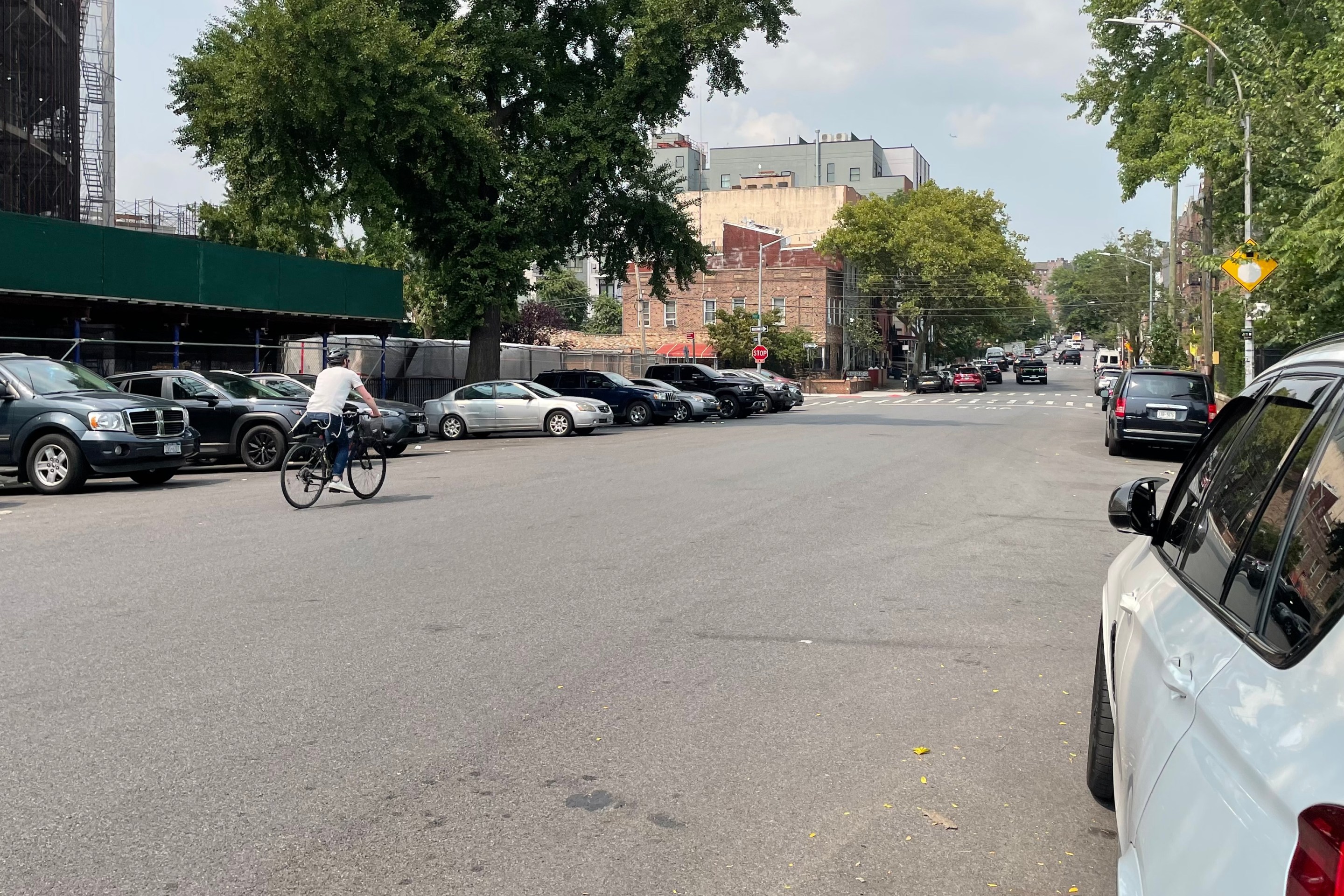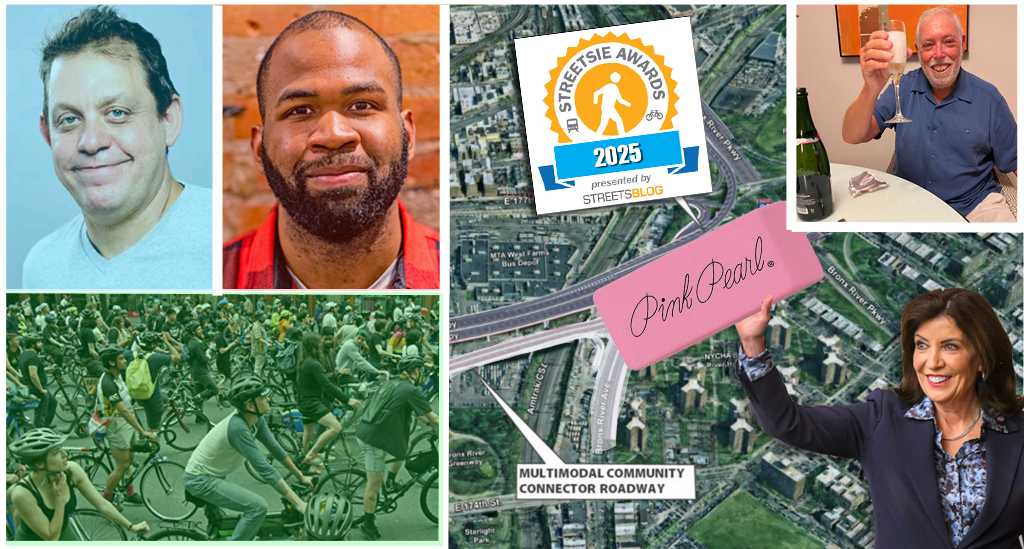
Writing for the Christian Science Monitor, Mark Clayton takes stock of the nation's paved parking lots and asks "does America's four-wheeled fleet really need all that extra elbow room?" This article comes on the heels of International Park(ing) Day, a one-day grassroots event in which urban dwellers all around the world transform metered, on-street parking spaces into pocket parks and public plazas as if to suggest that, in a crowded city, there might be better uses for publicly-owned land than storing privately-owned motor vehicles:
Nothing can match America's love affair with the automobile, but a close second might be the parking space. They're everywhere, wrapped around shopping malls, churches, truck stops -- expanses of yellow- and white-striped asphalt as much a part of the American landscape as amber waves of grain or lighted billboards. Now, however, some researchers worry that the United States may have too many parking spaces.
They say it's not worth the sprawl, polluted runoff, and heat generated by these vast lots of concrete and asphalt just to create more automotive resting stations by the Home Depot entrance or the Wal-Mart shopping-cart corral. Anyone who has circled and recircled an airport garage searching for an open spot might beg to differ. But a key problem is that no one really knows how much blacktop real estate is out there.
Enter Bryan Pijanowski, a land-use scientist at Purdue University, who is busy counting the nation's parking spaces. He hasn't gotten very far yet. Using sophisticated software, he and fellow researcher Amalie Davis count 355,000 off-street, nonresidential parking spaces in his home county of Tippecanoe in Indiana. Even that is an estimate based on aerial photos. Now, Dr. Pijanowski wants to expand his survey nationwide.
"This work is unique and important, quantifying something that's not been quantified before," says Donald Shoup, professor of urban planning at the University of California at Los Angeles, himself a parking guru widely recognized as one of the nation's top researchers in the field.
If Pijanowski can finish his count, then researchers will finally determine whether the United States is suffering a parking surplus.
For Dr. Shoup, the issue is cost. Free parking, he says, doesn't turn out to be so free. "We all pay for it, not in our role as drivers, but as residents, taxpayers, and customers," says Shoup, who documents the phenomenon in his book "The High Cost of Free Parking." Big parking lots hike building costs and get passed through to the consumer, sometimes through higher rents in their apartment buildings or bigger costs at their grocery stores. "Every place we drive and park free, we really pay for that parking as something other than as a driver," he says.
Photo: denizen8/Flickr





